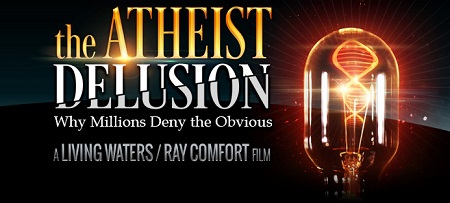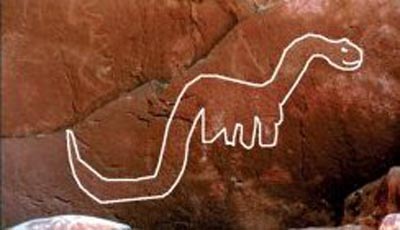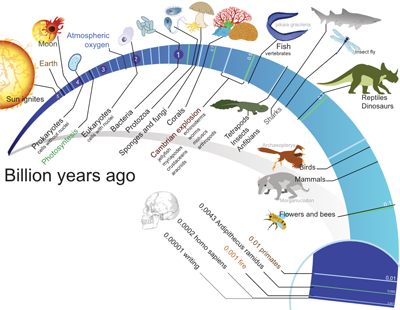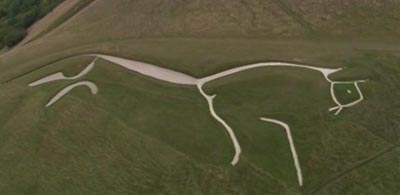
The Christian doctrine of hell: conscious, painful, separation from God for all eternity for those who refuse God’s salvation. Perhaps the most difficult doctrine to deal with – for both Christians and non-Christians alike. This is such a difficult teaching there are plenty of people, cults and religions who outright deny it. After the denial of the deity of Christ, the doctrine of hell is one of the first Biblical teachings to go. In its place – everything from annihilation of the soul to universal salvation. Apparently the doctrine of hell is so scary even annihilation – eternal nonexistence – is preferable to the Biblical doctrine of hell. According to one account, the Catholic doctrine of purgatory (a temporary place of punishment to pay for any un-forgiven sins) came about because punishment consisting of eternal wrath could not be countenanced by at least one early church father[1]. But the doctrine of purgatory is strictly a Catholic add on teaching – it’s not in the Bible. And it’s not what we’re talking about. Let’s be clear about what we are talking about. Continue Reading













 Interior – St. Peter’s Basilica as painted by Giovanni Paolo Panini
Interior – St. Peter’s Basilica as painted by Giovanni Paolo Panini